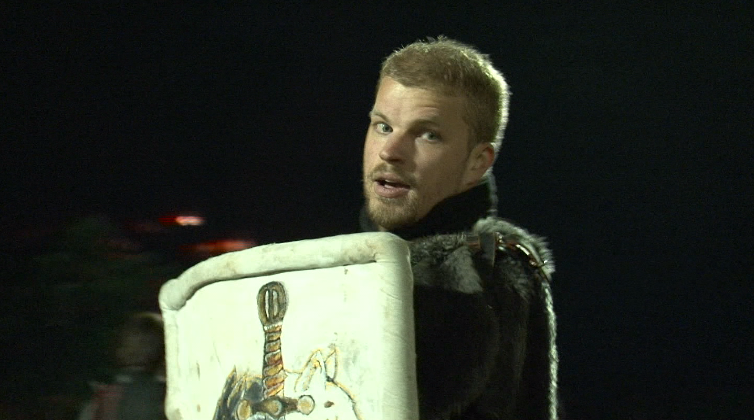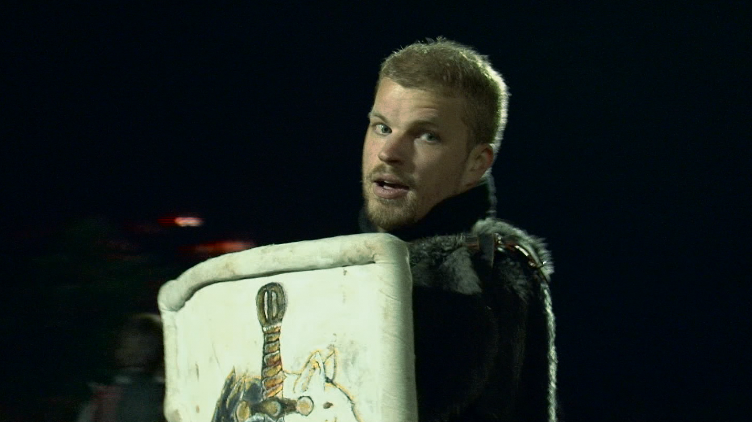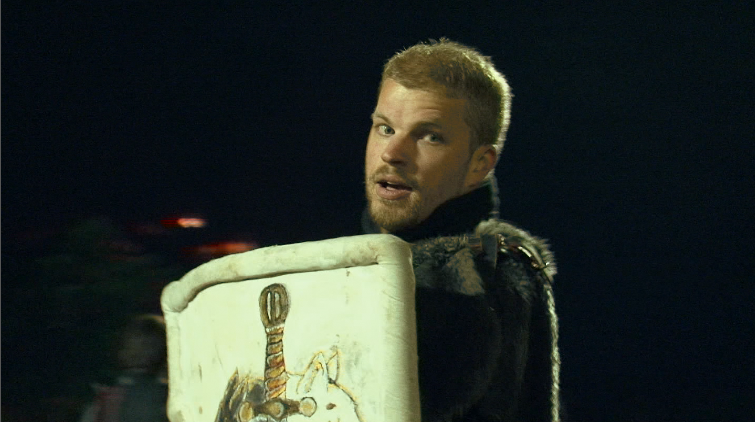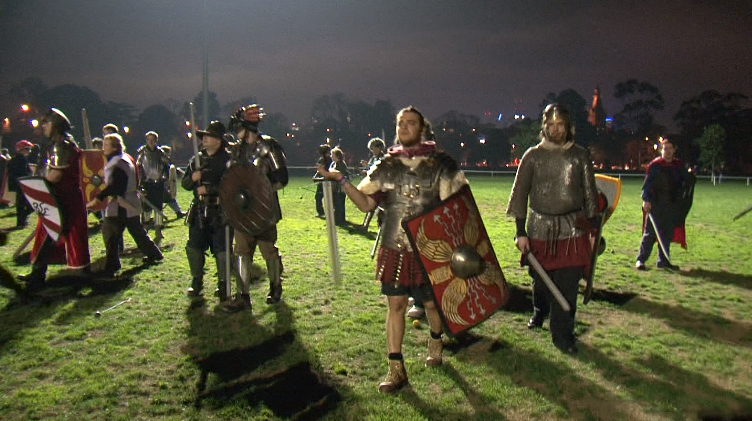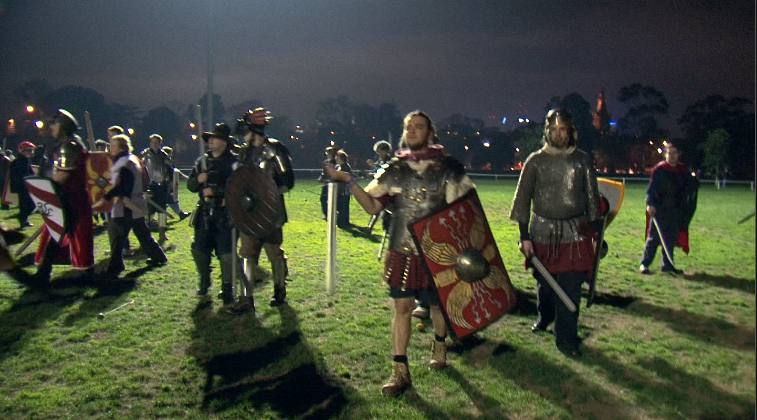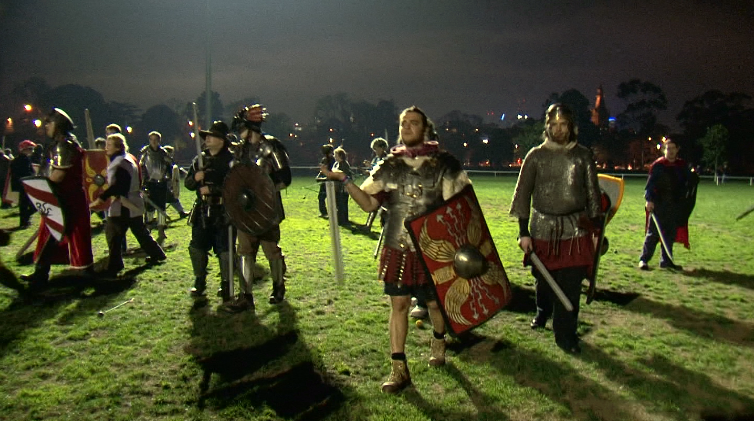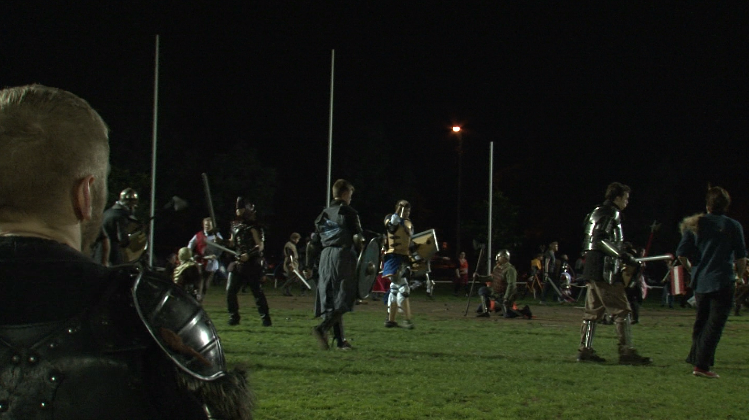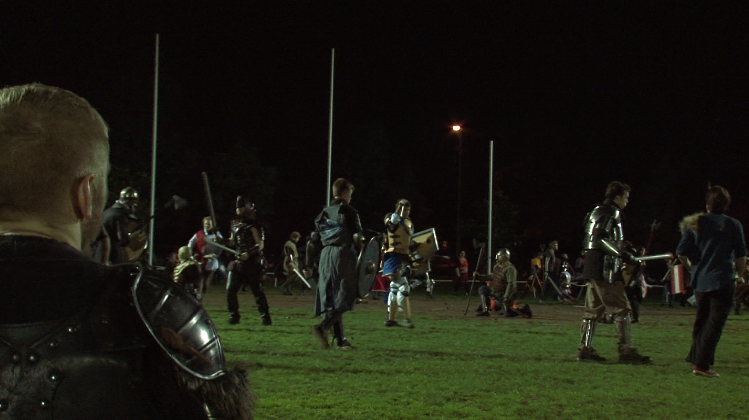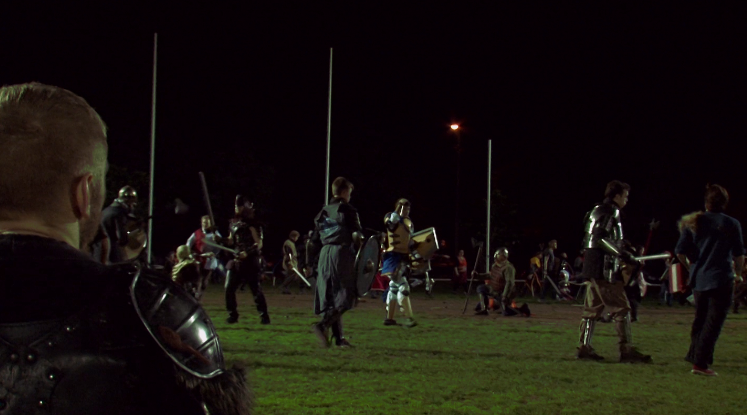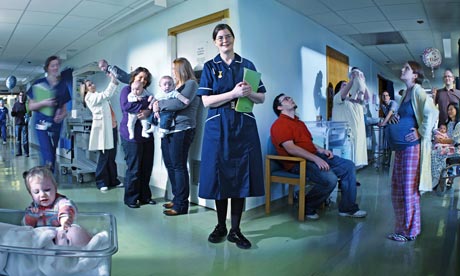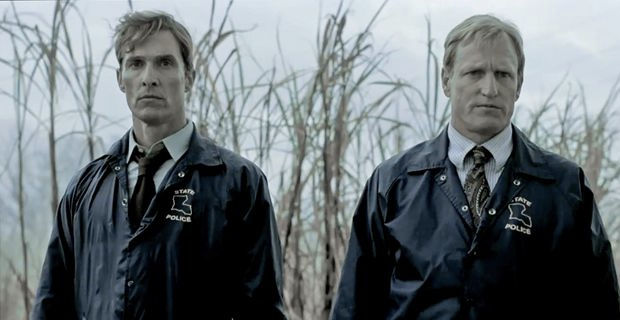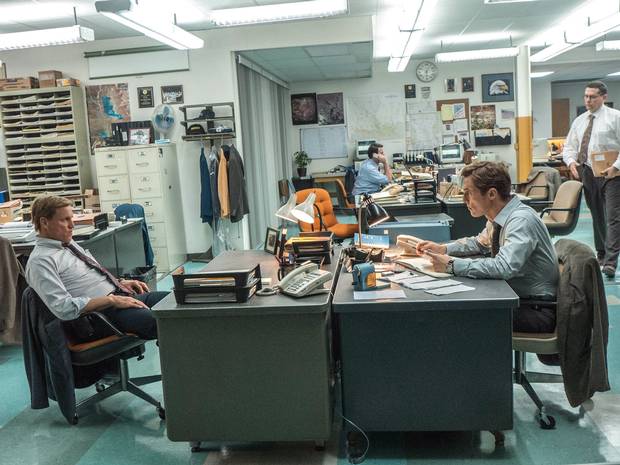“In 200 words or less please outline you goals, desires – what you want to get out of this semester. You will review this later in the course. You may rethink this dramatically – this is a good thing.”
You were asked this at the beginning of the semester. Now, could you review constructively what you got from this semester – has the course lived up to your expectations, delivered what you expected, maybe even surpassed it?
The beginning of Semester Film/TV2 Anticipations
Though our documentary still isn’t finished and we spend these last few days fine tuning different aspects, I can definitely say I’m proud of what we have thus far and hope audiences will enjoy it. It’s so fulfilling to see after filming all those Friday nights we have something that not only demonstrates what Larping is about but that explores documentary practice in the depiction of the spectacle. Those nights we would go down and just start filming, action, people, interaction, asking questions and really engaging with the community that exists behind the subjects, allowed us to experience the exploration and interactions that documentary filmmaking is all about. Some of the best moments being on field with a person on camera, someone else on the mixer and a third person to tell the other two when people to move away from the battle that was heading straight towards them.
Furthermore, I believe our film is, “refined in technique and construction,” and am happy that we took a collective decision to create something that expressed the form of documentary in a creative way, by getting the participants to speak in character and transporting the viewer into the world these people inhabit every week. Though we had some issues with technique along the way, such as technical problems with the grain of shots and audio pitching, we worked collectively within the group to come to accept these mistakes and learn from them in the following weeks.
I’ve enjoyed the documentary process right from the beginning, this in part can be attributed to the great group we had as we all got along really well and shared an enthusiasm for the project from the first day. It made the processes required not only so much easier but exciting to achieve, and reassuring to know that we had the ability to voice our opinions and concerns freely. Each person brought another element to the production process and we all worked collaboratively taking turns in the construction. We didn’t assign specific roles to members but instead allowed people to have a go at doing different elements and worked individually to do things where we saw necessary. Personally, this included the, “opportunity to deal on the technical side of shooting,” with filming on field and recording audio allowing me the chance to build the technical knowledge needed in documentary production. Looking back at the choice of subject for the documentary, “I hope[d] to choose something interesting and that I may not have much knowledge about,” which I believed was achieved as I had little knowledge about Larping before the idea was brought up in class, I didn’t even know there were battles at Princess Park every Friday night, and the whole production has intrigued me as much as I hope it will intrigue the viewer.
From an analytical side I aspired to develop my ability to, “analyse documentary programs as a practice and how to apply that knowledge to my own work and others,” and believe such things as the lectures have served an inspiration for this practice, with the weeks where we’d filter through fifteen different documentaries and look at the style of interviews or watch a past student’s work really helping to build this understanding. Furthermore, this course has also allowed me to develop a greater appreciation for the documentary process and all that it involves, individually as well as a part of a team, to create something that is distinctly ours.
“And finally to have fun and enjoy the whole process because before you know it twelve weeks are gone,” and sure enough they did pass by fast, but I look back knowing I have enjoyed the whole semester. I’ve learnt key elements of production, forged relationships and an outlook on the making of documentary as a platform for me to learn invaluable skills for the future.
